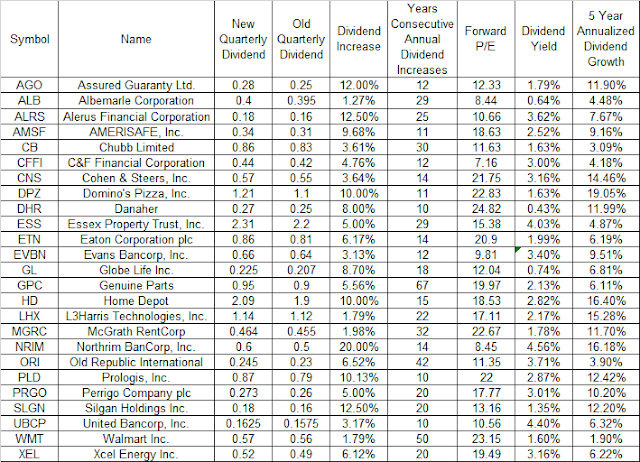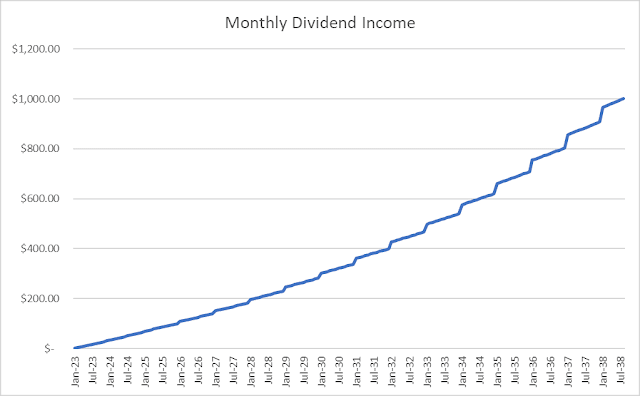Warren Buffett is one of the most successful investors in the world. He is the chairman and controlling shareholder of Berkshire Hathaway, which he acquired in 1965.
The nice thing about Buffett is that he always treated his investors fairly. As a Chairman and CEO of Berkshire Hathaway he has earned an annual salary of $100,000/year. This is nothing, in comparison to high cost mutual fund managers or high cost hedge fund managers. You could have benefitted from the investment success of Warren Buffett for mere peanuts. The reason perhaps is because he had skin in the game, and the majority of his net worth is tied into the success of Berkshire Hathaway. This aligns Buffett’s interest with the interests of ordinary shareholders.
As investors, we can only focus on tools within our control to give us the best edge in success. These factors include our savings rate, selecting the right investing strategy, sticking to this strategy, maintaining a long-term investment horizon, learning constantly and keeping investment costs low.
The more fees you pay each year, the less money you have to compound for you. Unless you are paying for an exceptional investment manager, it is simply not worth it.
For example, in the hedge fund industry we have the standard formula of 2 and 20.
This means that if you invest with a hedge fund manager, they will charge you a 2% annual fee and take 20% of any investment gains your portfolio generates. This is highway robbery.
In the words of Terry Smith, Two and Twenty does not work, and is unsupportable.
I am not so much shocked as flabbergasted by the number of people who do not realize the impact of these performance-fee structures. I am not talking here about the fact that such a performance-fee structure clearly led many fund managers to gear up their funds as much as the credit bubble allowed and place bets which many attendees at Las Vegas would regard as outrageous, knowing that they had little or no downside and 20% of the upside.
I have had discussions with numerous professionals in sophisticated jobs in the investment industry who are either unaware of or disbelieve the mathematics of what I am about to demonstrate.
Let’s illustrate with a simple example from Terry Smith’s book “Investing for Growth”
If you had invested $1,000 in Berkshire Hathaway in 1965, your investment would be worth $4.3 million by 2009. Buffett’s company compounded your capital at 20.46%/year.
If Warren Buffett had set up Berkshire Hathaway as a hedge fund however, he would have charged you 2% per year and gathered 20% of any annual gains. If you had the same performance numbers, your $1,000 would have only grown to $396,000 by 2009. Only $396,000 would belong to you, the investor. This means that of the $4.3 million that you would have earned without fees, $3.9 million would belong to the hedge fund manager. This of course is the result if your hedge fund manager had a performance that is as great as Warren Buffett’s. Most hedge funds do not generate good returns for investors. They only generate good returns for the hedge fund managers, because of their outrageously high fees.
Very few people understand the impact of investment fees on their returns. These fees compound over time, and rob you of a huge chunk of your investment potential. You as the investor are coming up with all the capital, and bearing all the risk. Yet, the hedge fund manager is getting most of the upside.
This is the reason why Warren Buffett made his famous bet with a hedge fund manager in 2007, stating that it won’t beat S&P 500. The reason why the hedge funds did not beat S&P 500 is due to the high impact of fees.
Buffett did run an investment partnership between 1956 and 1969 however, which was essentially a hedge fund. However, it only charged fees if Buffett earned a return that was higher than 6%. In effect, Buffett earned 25% of returns above an annual return of 6%. He definitely understands how fees helps investment managers earn a lot of money, because his partnership like hedge fund managed to turn $100 in 1956 to $20,000,000 by 1970. I discussed this in this article on Buffett Partnership. The whole partnership had approximately $100 million in assets by the time it was dissolved in 1970.
Buffett's net worth would likely be at least a couple hundred billion dollars today if he had structured Berkshire as a hedge fund, and taken a lions share of profits in the form of performance fees.
That being said, Buffett's fees were more fair than the fees imposed by your typical hedge fund today. That's because Buffett generated amazing performance, and he only charged a fee if he earned more than 6%/year. It is still fascinating however to see how fees compound and can eat a large portion of investment returns.
The other fascinating fact is that even if Buffett charged a 2% and 20% to run Berkshire, he would have still done better than S&P 500. A $1,000 investment in S&P 500 in 1965 would have turned to $54,900 by 2009, versus $396,000 for the investor in a Berkshire that was ran as a hedge fund.
The conclusion of this article is that keeping fees low matters. This is where being a do-it-yourself investor is an advantage, because you do not have a high fee mutual fund or hedge fund manager taking money from you each year.
Relevant Articles:










